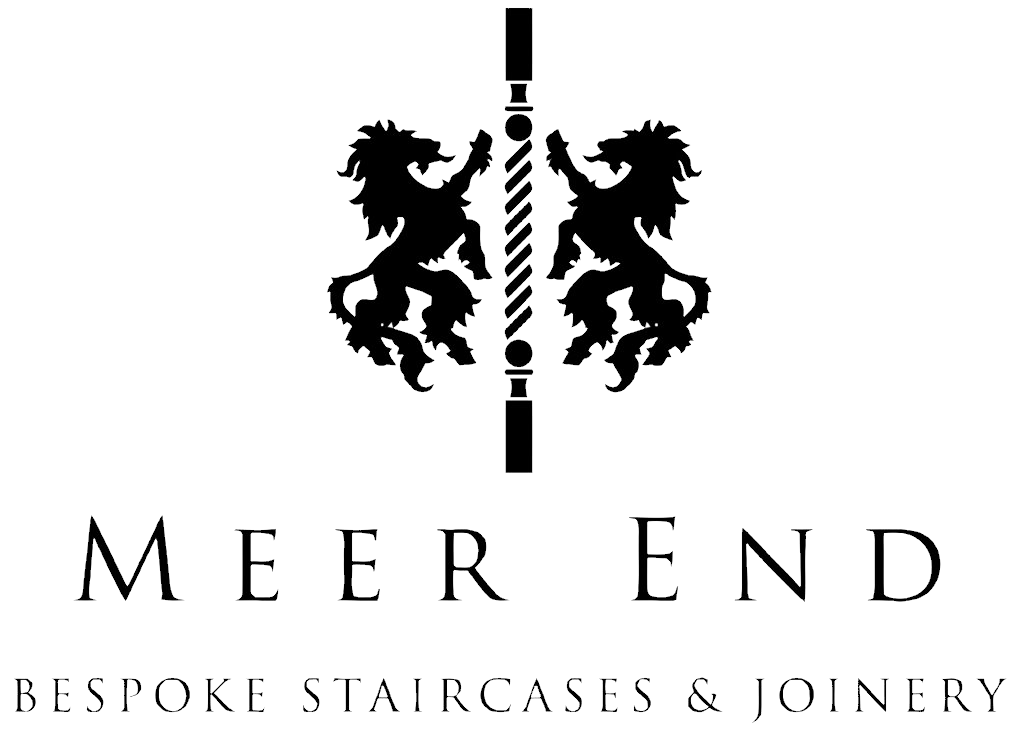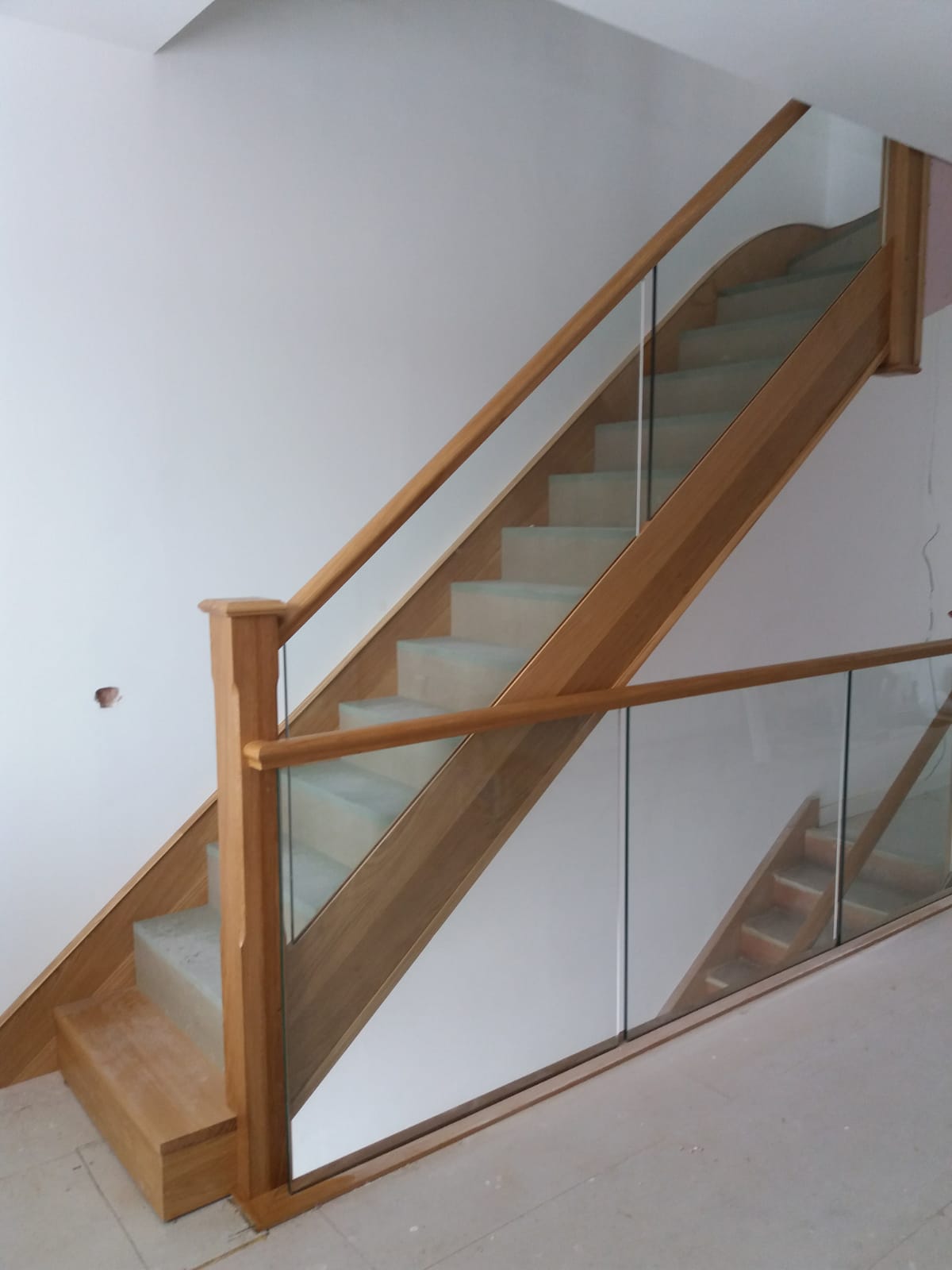Modern architecture often celebrates simplicity — open spaces, natural light, and clean geometry. Yet even in these minimalist environments, traditional staircases have found a renewed relevance. Their handcrafted detail and enduring materials introduce warmth, character, and a sense of permanence to contemporary living.
This blending of eras isn’t about imitation; it’s about balance — combining the authenticity of craft with the clarity of modern design.
A Meeting of Eras
In many modern homes, steel and glass dominate the visual language. While these materials deliver precision, they can leave interiors feeling impersonal. Traditional staircase design counters that by introducing scale, rhythm, and tactile texture.
An oak handrail, shaped by hand, sits naturally alongside plaster or concrete walls. Turned spindles, reinterpreted in a leaner profile, give definition without clutter. These details add depth — not nostalgia — connecting today’s homes to centuries of joinery knowledge.
For inspiration on how traditional craftsmanship works within contemporary settings, browse the Traditional Staircases Gallery.
Why Tradition Still Works
Traditional design is not tied to fashion — it’s rooted in proportion and honesty of material. Those qualities make it adaptable. A staircase that follows classical geometry feels instinctively right to the eye, whether surrounded by ornate plasterwork or minimalist interiors.
The human scale of traditional joinery — hand-finished treads, smooth handrails, natural timber — contrasts beautifully with the precision of modern architecture. The result is balance: architectural calm animated by craftsmanship.
At Meer End, bespoke traditional staircases are often commissioned specifically to soften modern spaces — bridging cold materials with the warmth of natural wood and human touch.
Timber and Texture
The role of wood in modern interiors has evolved from structural necessity to aesthetic anchor. Oak, ash, and walnut all offer different tones and grain patterns that complement contemporary finishes. Pale ash pairs well with white plaster and steel; darker oak grounds glass balustrades and pale flooring.
Even when pared back, staircases traditional design still benefits from tactile surfaces — the smooth edge of a handrail, the grain beneath the fingertips, the way light catches a waxed tread. These subtle experiences give the home its soul.
Craftsmanship as Modern Luxury
In a world of mass production, true craftsmanship has become the new definition of luxury. Homeowners increasingly value the evidence of the maker’s hand — joints aligned perfectly, edges eased by touch, finishes applied slowly and deliberately.
That quality of making stands apart in modern interiors, where most elements are machine-perfect but emotionally neutral. A traditionally built staircase restores that sense of connection — a reminder that good design can also be humane.
Hybrid Designs: Tradition Reinterpreted
Today’s joiners and designers are finding creative ways to reinterpret tradition. Square newels replace ornate volutes, while continuous handrails flow seamlessly around landings without overt embellishment. The craftsmanship remains, but the language is simplified.
Glass infills combined with oak handrails or wrought-iron spindles within minimalist stairwells show how old and new can co-exist. The structure stays traditional; the expression evolves.
Meer End’s work often explores this middle ground, where precision engineering meets classical proportion. Every project is tailored to its setting rather than forced into a trend.
Sustainability and Authenticity
The renewed interest in wood and handcrafted detail is not only aesthetic — it’s ethical. Hardwood from responsibly managed forests has a far smaller environmental footprint than synthetic alternatives. A solid oak staircase, cared for properly, can outlast several generations of occupants.
Unlike disposable materials, wood improves with time. Its surface records use, not wear. This permanence fits perfectly with modern sustainable design philosophies that prioritise longevity and authenticity over replacement.
To see this ethos in action, view Meer End’s Traditional Staircases Gallery — each design crafted to last, not to age out.
Integrating with Architecture
The key to blending traditional and modern design lies in proportion. Staircases should sit comfortably within the architecture, echoing ceiling heights, light direction, and material palette.
A staircase that’s too ornate will jar against a minimalist setting; one that’s too plain risks losing presence. The right balance comes from understanding craft as architecture — not decoration.
This design awareness is what separates bespoke joinery from pre-fabricated alternatives. It’s also what allows traditional staircases UK homes to evolve gracefully over time.
FAQs
Why include a traditional staircase in a modern home?
Because it introduces warmth, craftsmanship, and texture that soften contemporary architecture without breaking its clean aesthetic.
Can traditional staircases be simplified for modern interiors?
Yes. Many designs reduce detailing while keeping classic proportions, resulting in understated elegance suited to modern spaces.
What materials work best for hybrid traditional-modern staircases?
Oak and ash pair beautifully with glass, steel, and plaster. These timbers offer visual warmth and a timeless grain structure.
Do traditional staircases fit open-plan layouts?
Absolutely. With thoughtful design, they can anchor open spaces visually while maintaining the flow of light and sightlines.
How does craftsmanship influence modern design value?
Handmade staircases show authenticity. Visible craftsmanship signals quality — a growing priority for discerning homeowners.
Are traditional designs sustainable?
Yes. Hardwood staircases from certified sources are durable, repairable, and biodegradable — the opposite of disposable manufacturing.
How can I ensure a traditional staircase complements my home’s style?
Work with experienced joiners who understand both heritage proportion and modern minimalism. They’ll tailor design and materials to your interior rather than impose a fixed style.
In Closing
Modern homes don’t need to reject tradition; they can refine it. When built with care, a traditional staircase becomes the element that ties contemporary architecture to timeless craftsmanship. It’s proof that progress and heritage can share the same step.
For design inspiration or to discuss a bespoke commission, explore Meer End’s bespoke traditional staircases and visit the Traditional Staircases Gallery to see how craft and modern design coexist beautifully.



